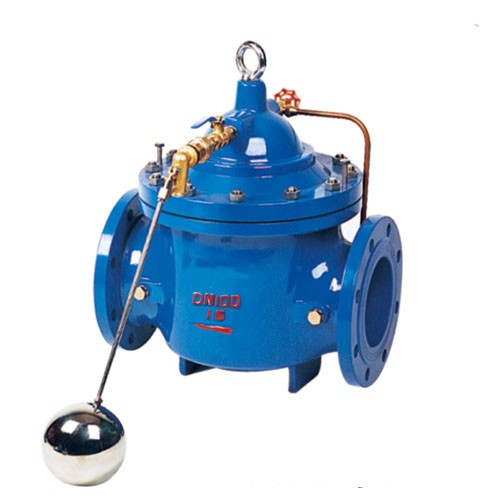Understanding the Benefits and Applications of Slip-On Pipe Flanges in Modern Piping Systems
Understanding Slip-on Pipe Flanges A Comprehensive Overview
When it comes to piping systems in various industries, flanges play a crucial role in connecting different segments of pipes. Among various types of flanges, slip-on pipe flanges have gained widespread popularity due to their simplicity and effectiveness. This article delves into the characteristics, advantages, applications, and installation practices of slip-on pipe flanges, providing a comprehensive understanding of this essential component.
What is a Slip-on Pipe Flange?
A slip-on pipe flange, as the name suggests, is designed to slip over the pipe's end. It features a slightly larger internal diameter than the external diameter of the pipe, allowing the flange to be easily positioned on the pipe before being welded in place. Typically, these flanges conform to standards such as ANSI, ASME, or API, which dictate their dimensions, tolerances, and pressure ratings.
Key Features
1. Design Simplicity The slip-on flange design is straightforward, making it easy to manufacture and install. This simplicity also contributes to cost-effectiveness—both in terms of materials and labor.
2. Versatility Slip-on flanges can be used with a range of pipe materials, including carbon steel, stainless steel, and other alloys, making them versatile for various applications.
3. Welded Connections After positioning the slip-on flange, it is typically welded to the pipe at both the outer edge and the inner circumference. This dual-welding method not only enhances the strength of the connection but also helps to prevent the ingress of corrosive elements.
Advantages of Slip-on Pipe Flanges
1. Ease of Installation Due to their design, slip-on flanges are easier to align and install compared to other flange types, such as blind flanges or weld neck flanges. This ease can save significant time and labor costs during assembly.
2. Reduced Space Requirements Unlike other flanges that may require extensive joint preparations, slip-on flanges occupy less space, which can be beneficial in confined settings where space is limited.
3. Cost-Effectiveness Slip-on flanges tend to be more affordable than other flange types due to their simple design and manufacturing processes. This makes them an attractive option for budget-conscious projects without compromising quality.
slip on pipe flange

Applications
Slip-on pipe flanges are utilized across a variety of industries, including
- Oil and Gas Used in pipelines that transport crude oil, natural gas, and refined products. - Water and Wastewater Treatment Employed in systems that require durable and corrosion-resistant materials. - Construction and HVAC Found in heating, ventilation, and air conditioning systems for building infrastructure. - Chemical Processing Used in pipelines that handle chemicals, where secure and leak-proof connections are paramount.
Installation Practices
The installation of slip-on pipe flanges requires meticulous attention to detail to ensure a tight, leak-proof seal. Key steps include
1. Preparing the Pipe Ensure that the pipe end is clean and free from debris. Proper surface preparation is crucial for effective welding.
2. Positioning the Flange Carefully slide the flange onto the pipe, ensuring it is evenly aligned for optimal welding.
3. Welding Perform the weld on the outer diameter first, followed by an internal weld. It's important to use suitable welding techniques to ensure a strong bond.
4. Inspection and Testing After installation, conduct thorough inspections and pressure tests to verify the integrity of the connection.
Conclusion
Slip-on pipe flanges are a reliable and effective choice for connecting pipes in various applications. Their ease of installation, cost-effectiveness, and versatility make them an ideal option for many industrial projects. By understanding the features, advantages, and proper installation practices associated with slip-on flanges, engineers and technicians can ensure efficient and secure connections in their piping systems.
-
Breakthrough in Domestic Low Temperature Valve Technology in ChinaNewsAug.18,2025
-
From Machinery to Intelligent Brain: The Digital Transformation Wave of the Valve IndustryNewsAug.18,2025
-
PCVEXPO 2025NewsAug.18,2025
-
The Key to Fluid Control: Exploring the Advantages of Ball Valves in Industrial SystemsNewsJul.09,2025
-
The Versatile World of 1, 2, and 3 Piece Ball ValvesNewsJul.09,2025
-
Stainless Steel Ball Valves: The Ideal Choice for Efficient Flow ControlNewsJul.09,2025
-
Optimizing Fluid Control with Ball Float ValvesNewsJul.09,2025




